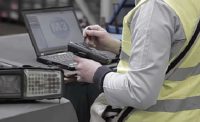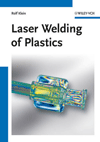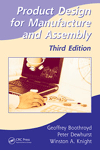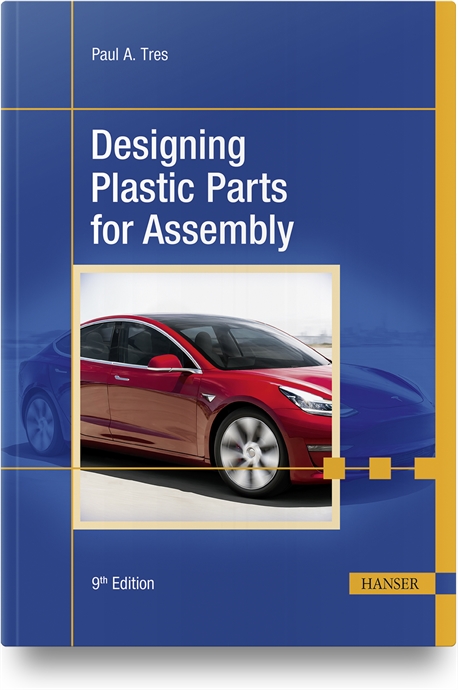
Technicians
scan part of a dummy to confirm that the new design matches dummies built from
an original mold. Photo courtesy NVision Inc.
Crash dummies are crucial in evaluating the performance of side curtain air bags in a rollover. First Technology Safety Systems Inc. (FTSS) manufactures crash test dummies and computer crash simulation models for automotive, military and aerospace applications.
“Crash dummies have been developed over the years largely as physical molds,” says FTSS Engineer Steve Goldner. “The geometry of the dummy has a major impact on crash test results, but it has become essential to convert the original designs to mathematical models in order to enable improvements in manufacturing technology. It also helps avoid damage to the original mold.”
To confirm that the new design matched dummies built from the original mold, FTSS used a HandHeld laser scanner from NVision Inc. FTSS liked the scanner’s wide-stripe laser, speed, accuracy and ease of use. A key advantage of the scanner is that it can move freely around parts of any size because it is mounted on a mechanical arm. This mechanical arm keeps track of the scanner’s location so all data is collected within the same coordinate system.
As FTSS technicians scanned the dummy, the scanner generated a point cloud consisting of the coordinates of individual points. FTSS technicians then used the scanner’s software to convert the point cloud to a polygon mesh in Standard Tesselation Language (STL).
After converting the STL data to a surface model using reverse engineering software, FTSS technicians overlaid both the scanned model and the CAD geometry based on the mathematical formula to see how closely they matched. The technicians used this process to fine-tune the mathematical formulae until they were able to create a new dummy and confirm it exactly reproduced the original mold designs.
To date, FTSS has reverse-engineered between 30 and 40 dummies with the scanner. This process ensures that current test dummies are consistent with those used in the past, which in turn ensures the accuracy of the crash tests that are used to evaluate automobile safety.
For more information on laser scanners, call 972-393-8000 or visit www.nvision3d.com.





